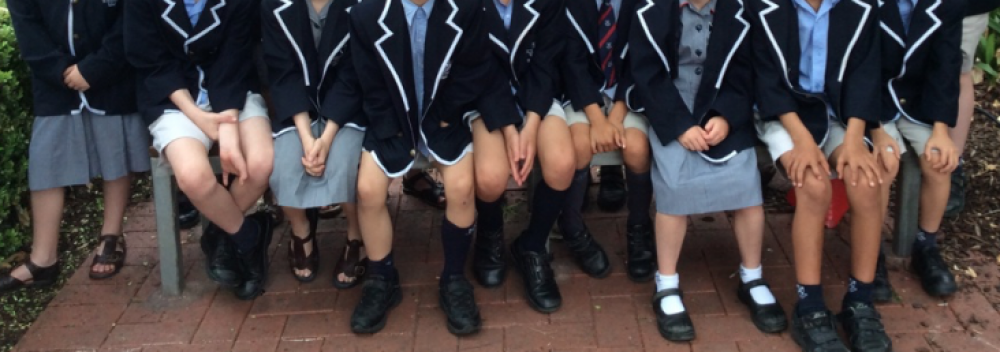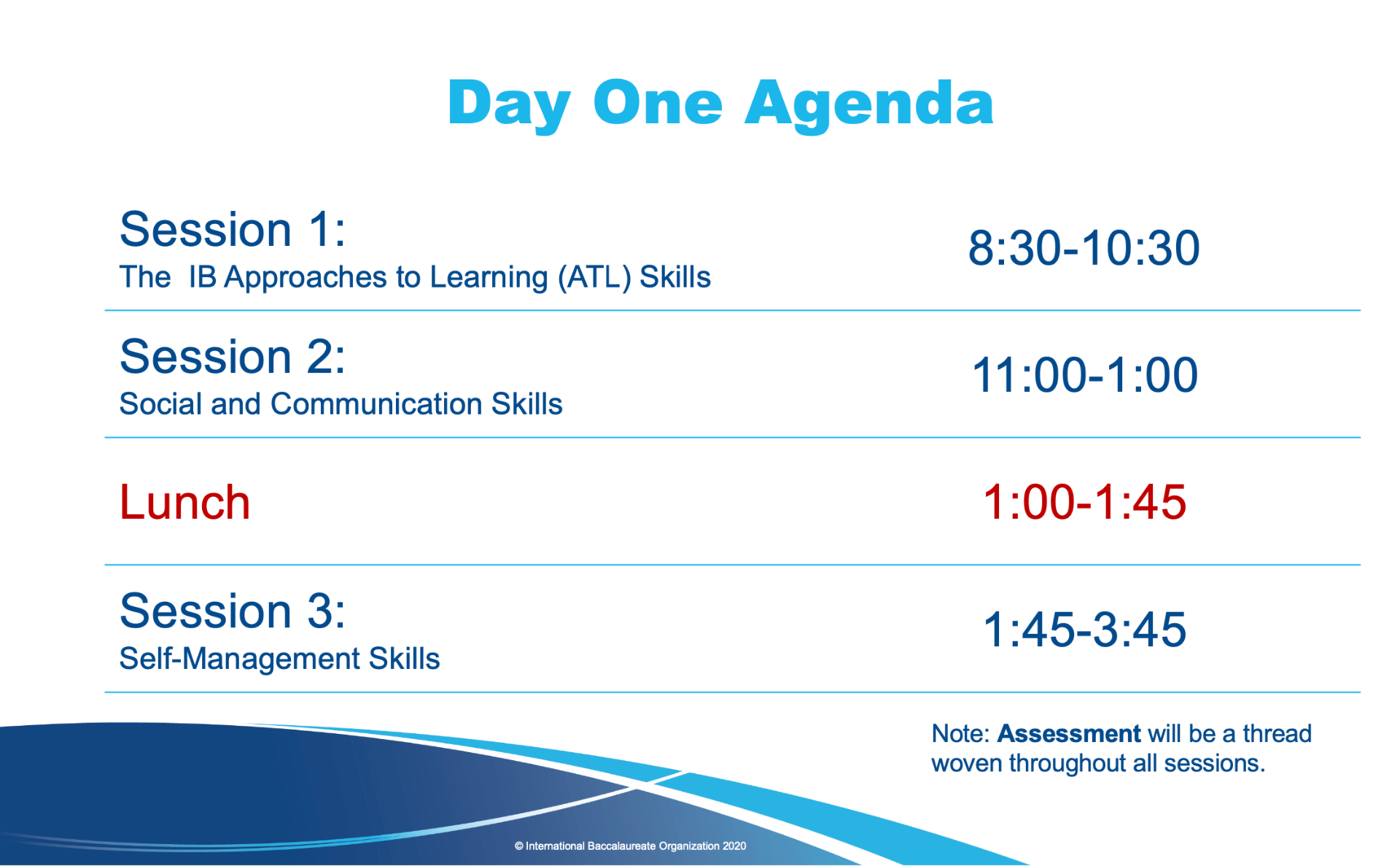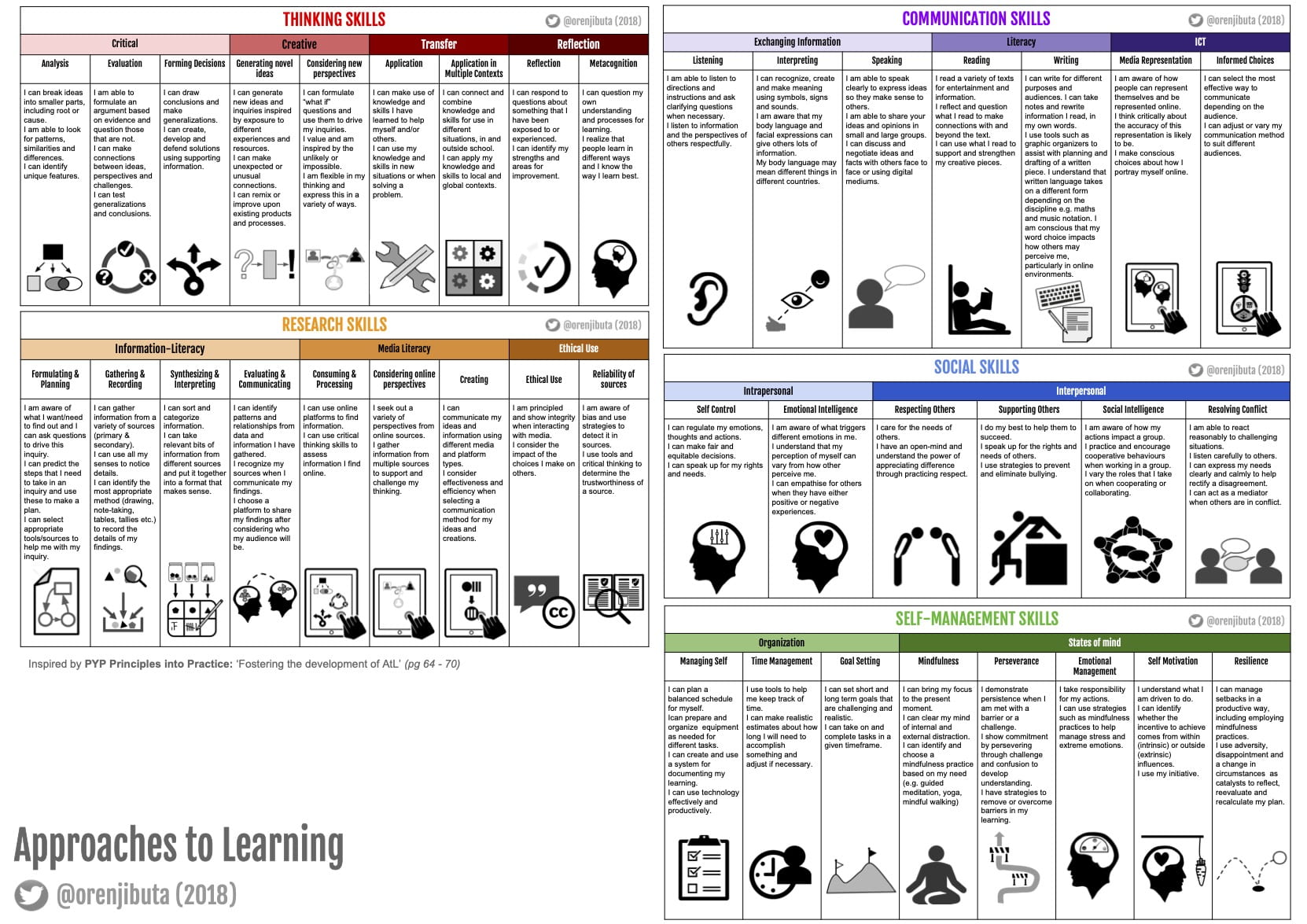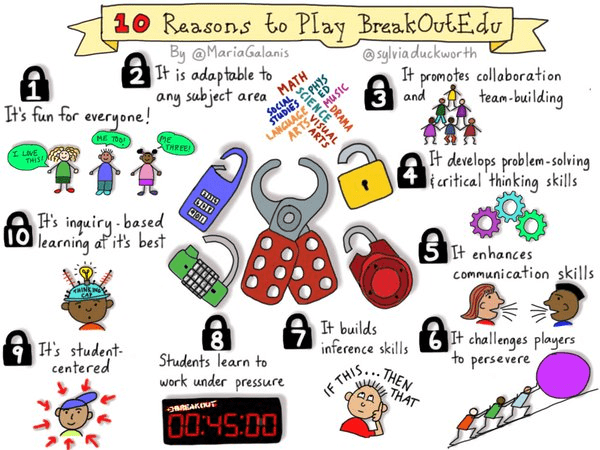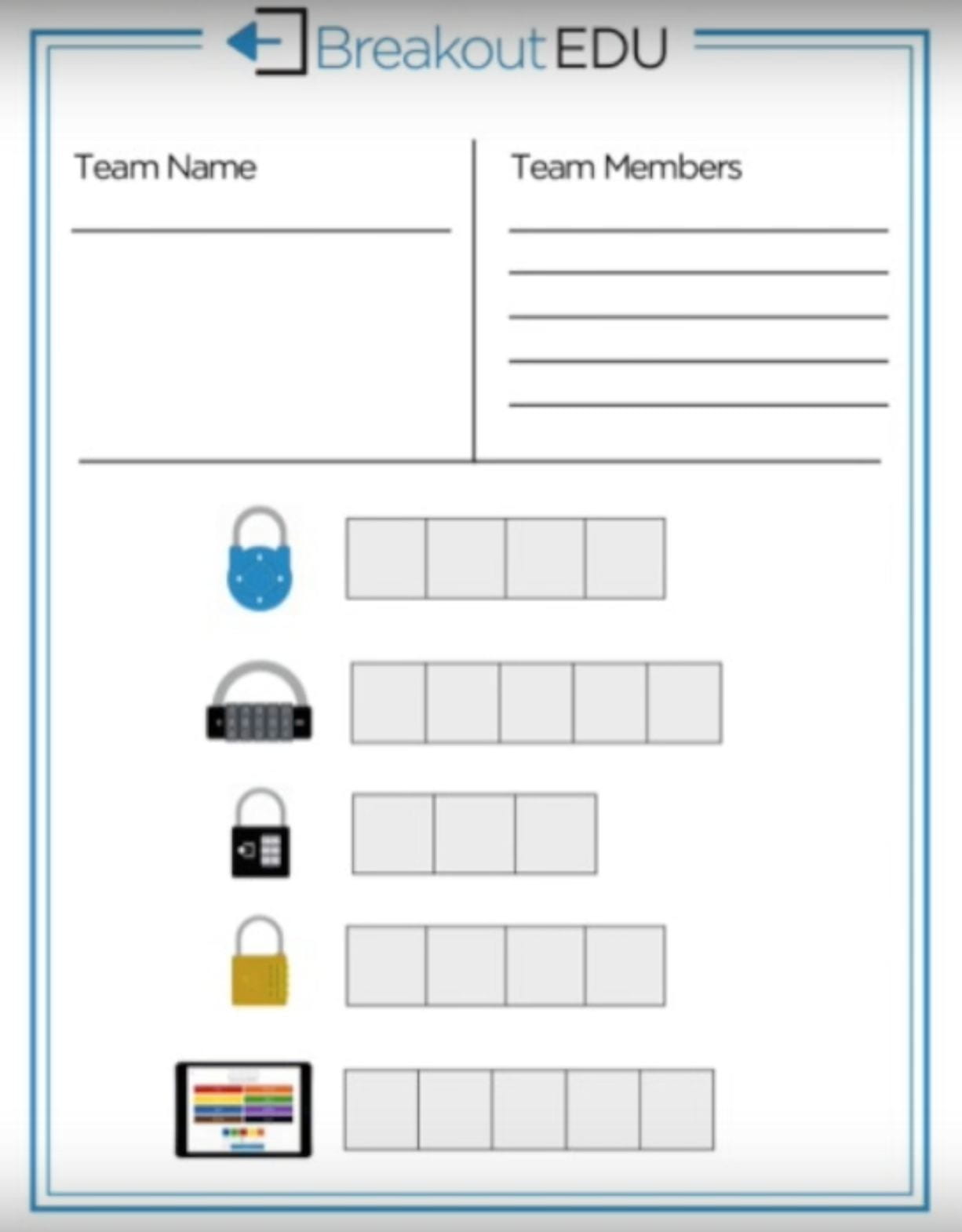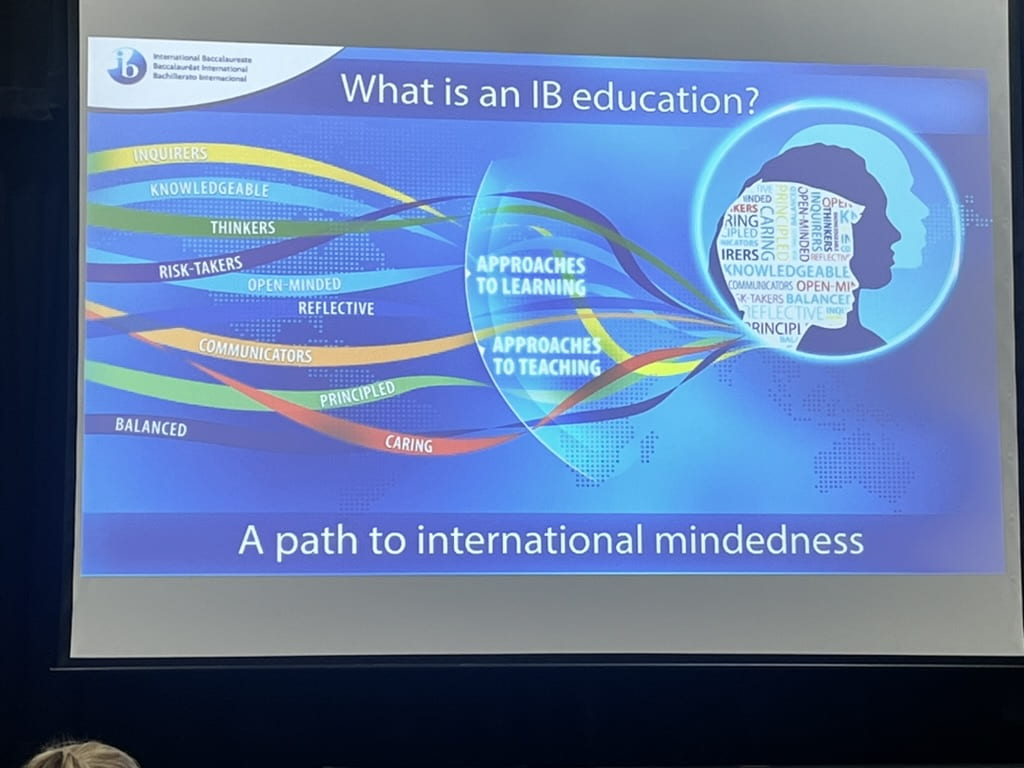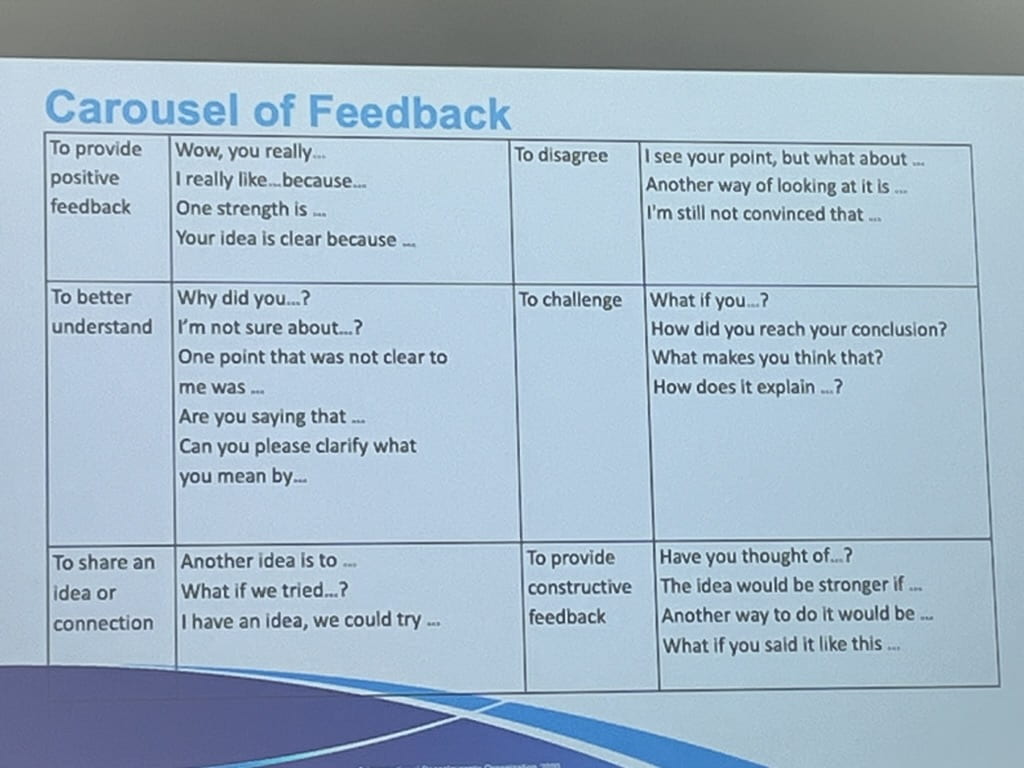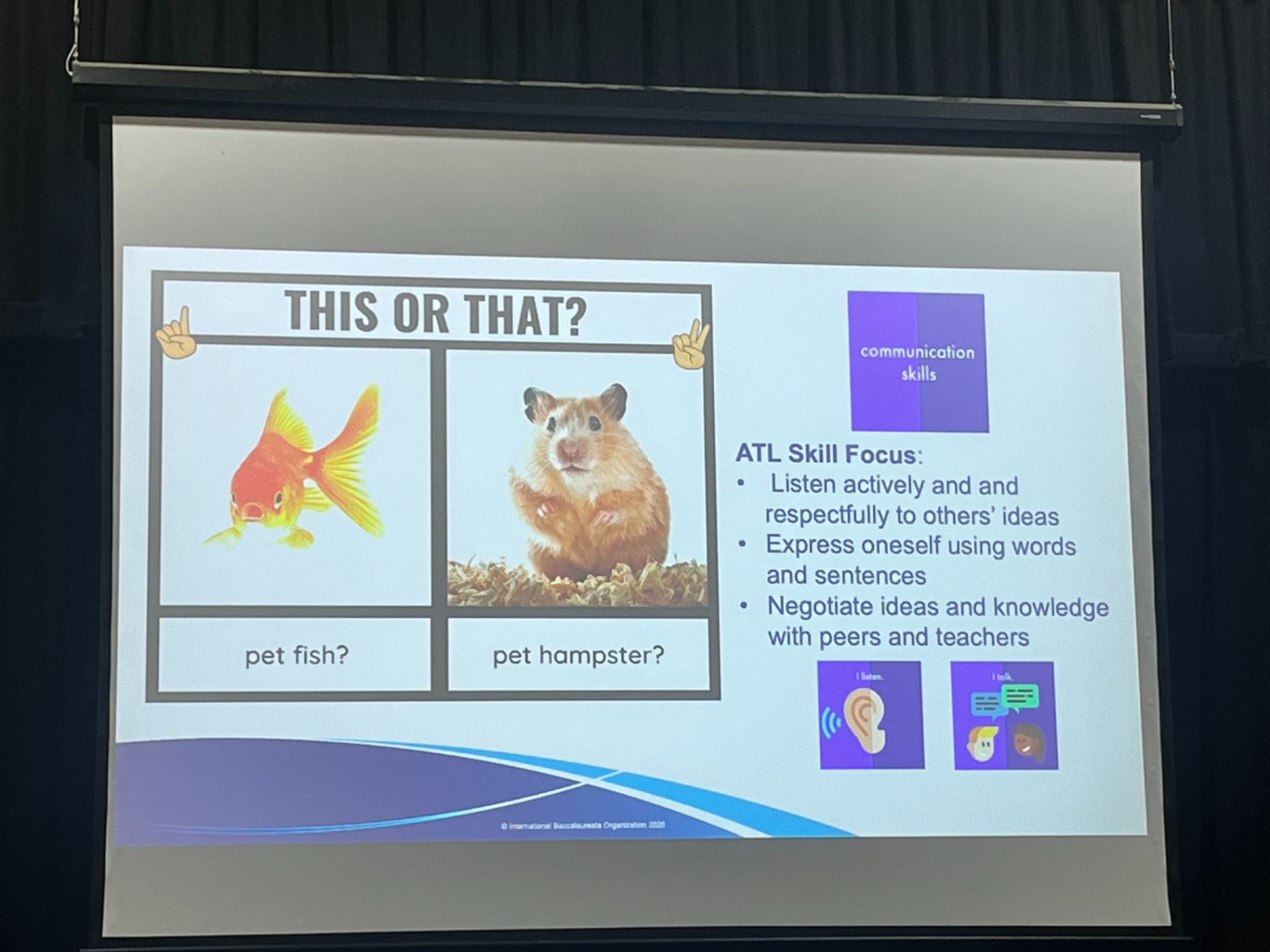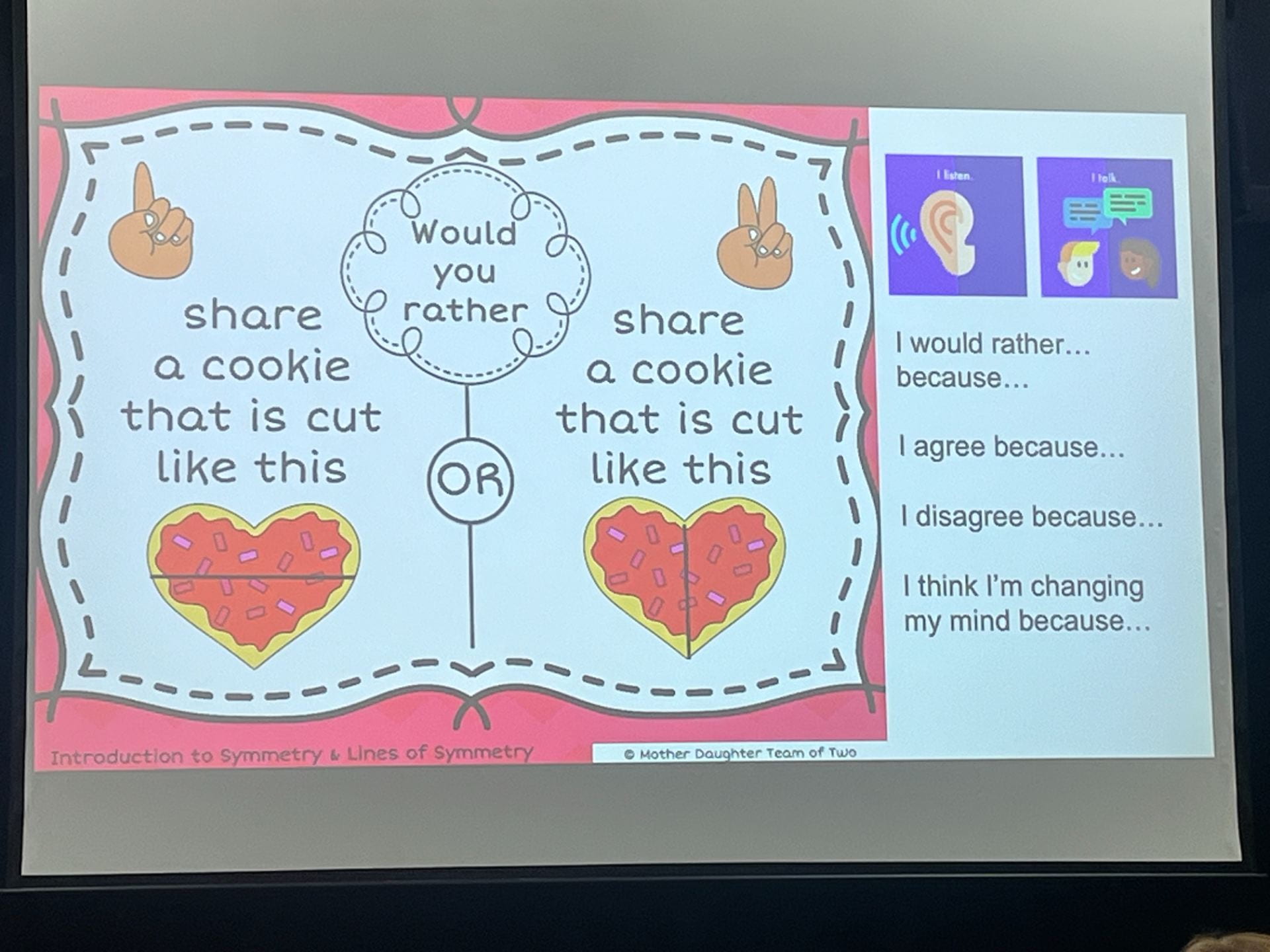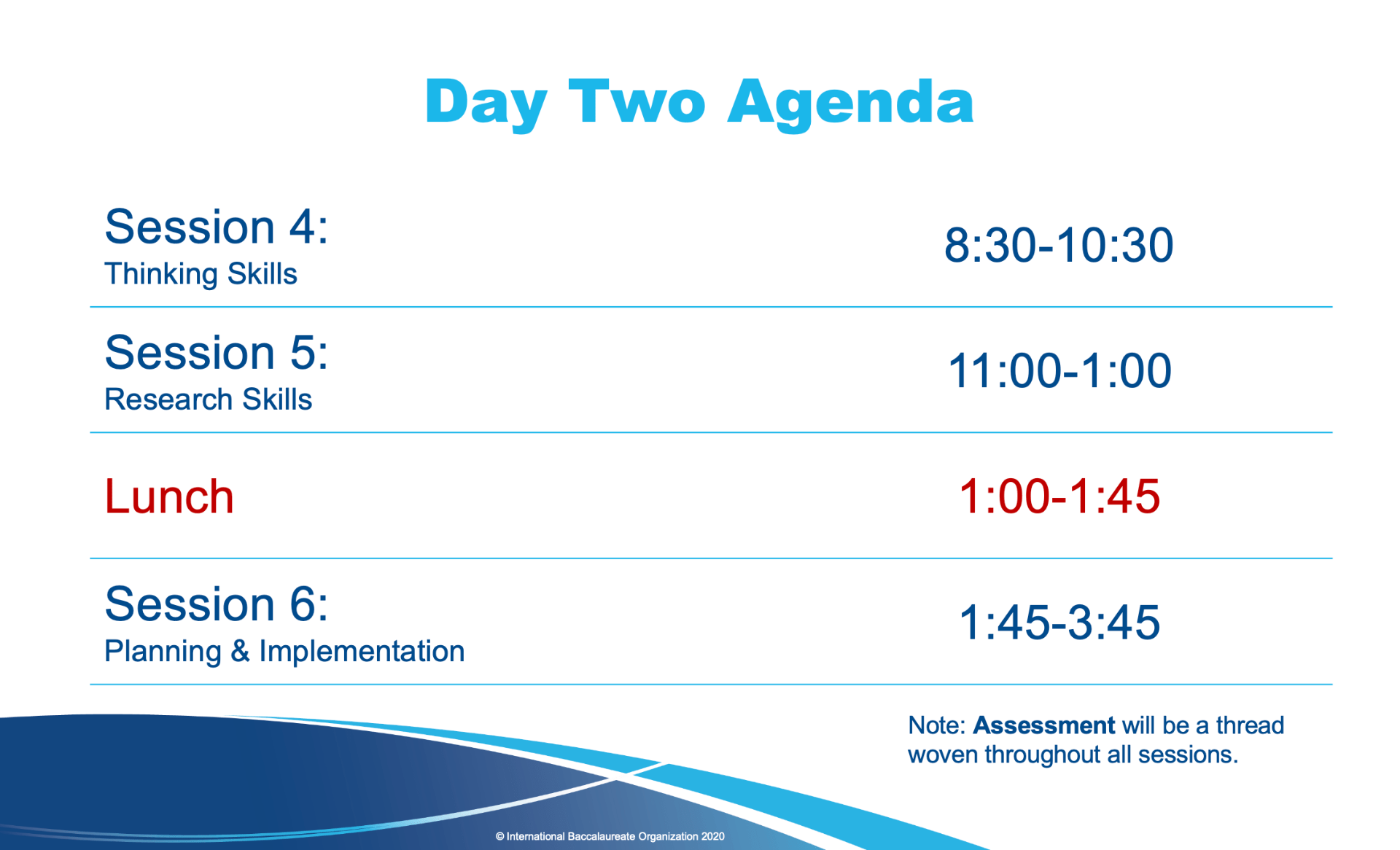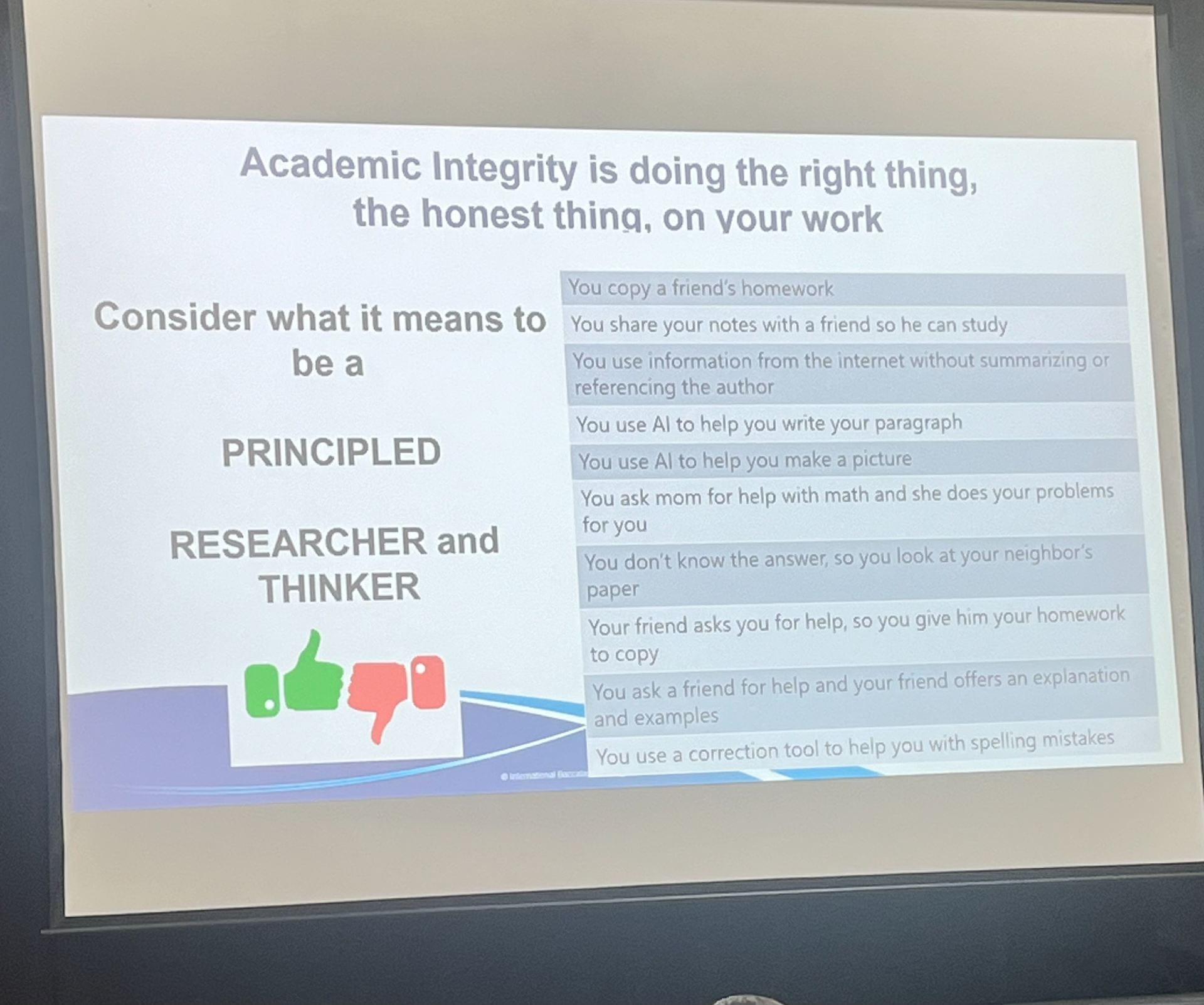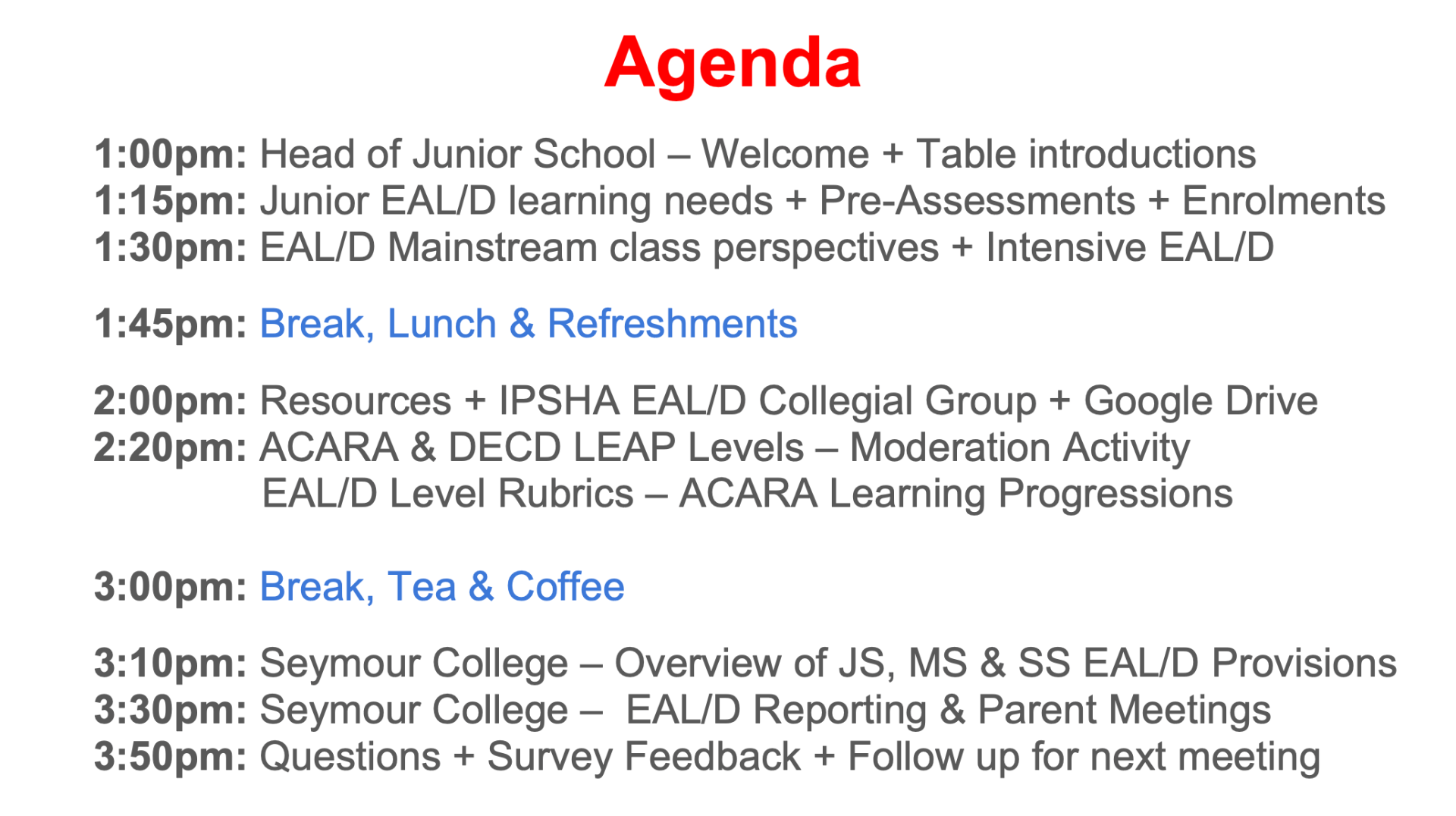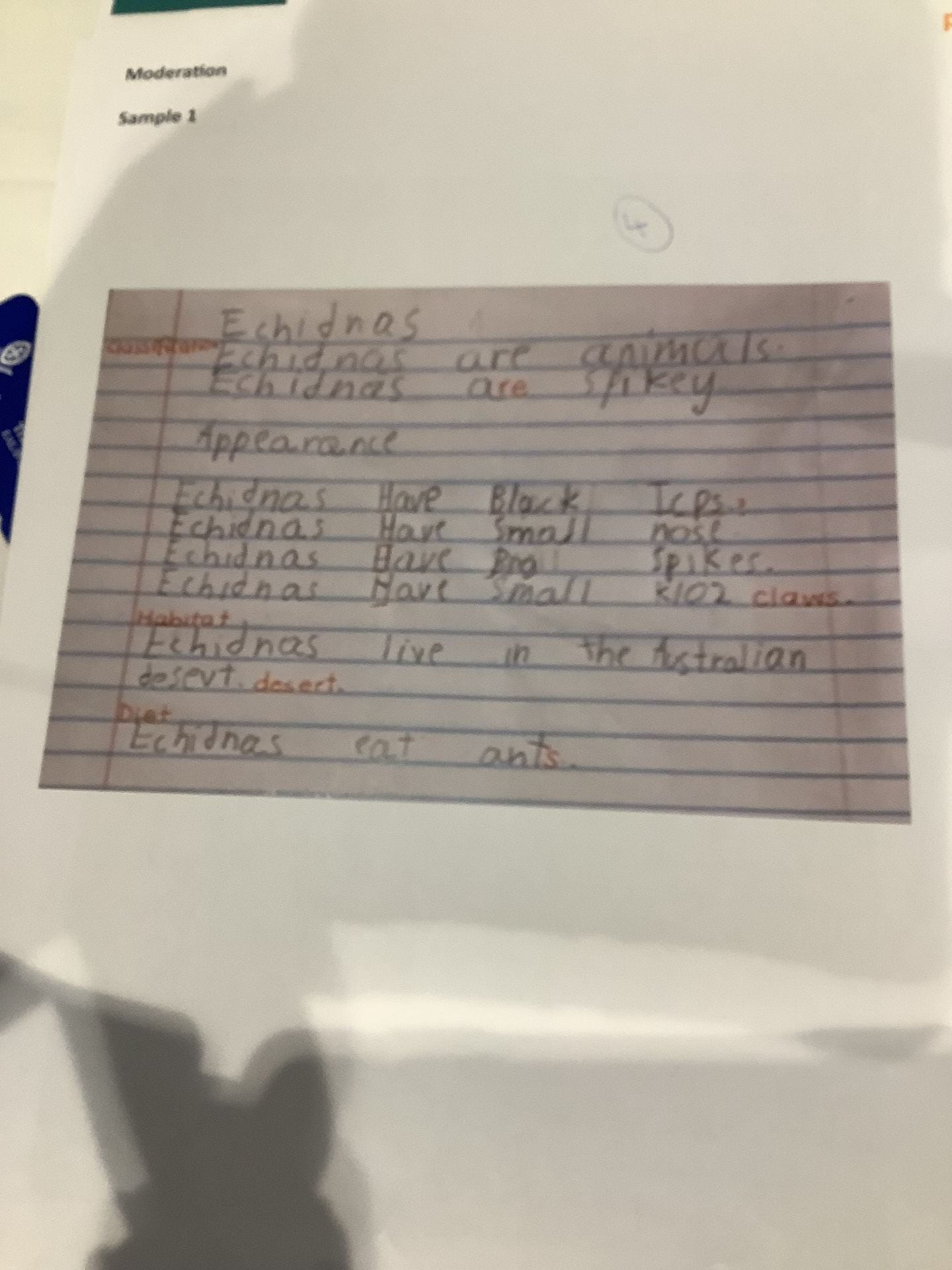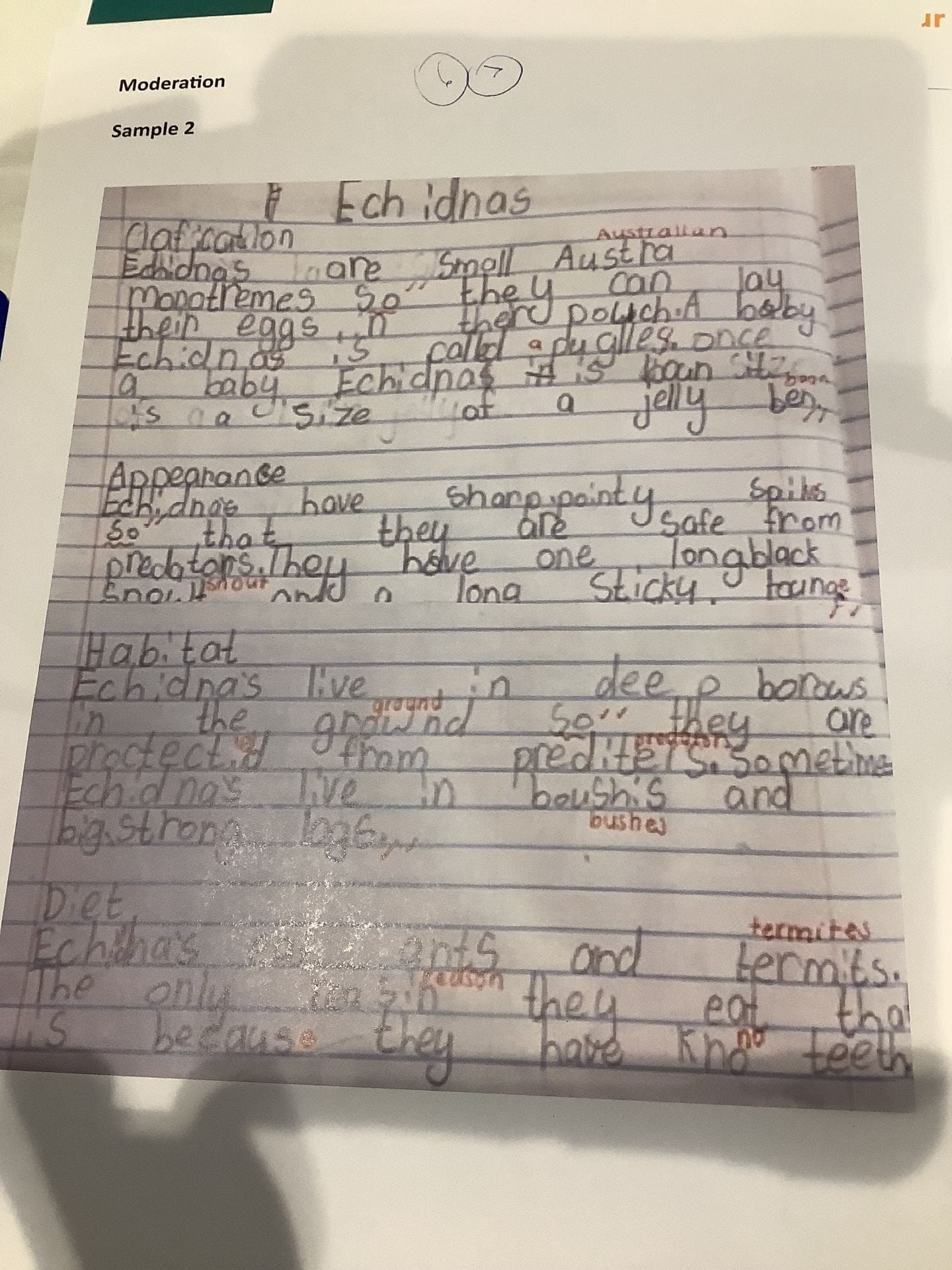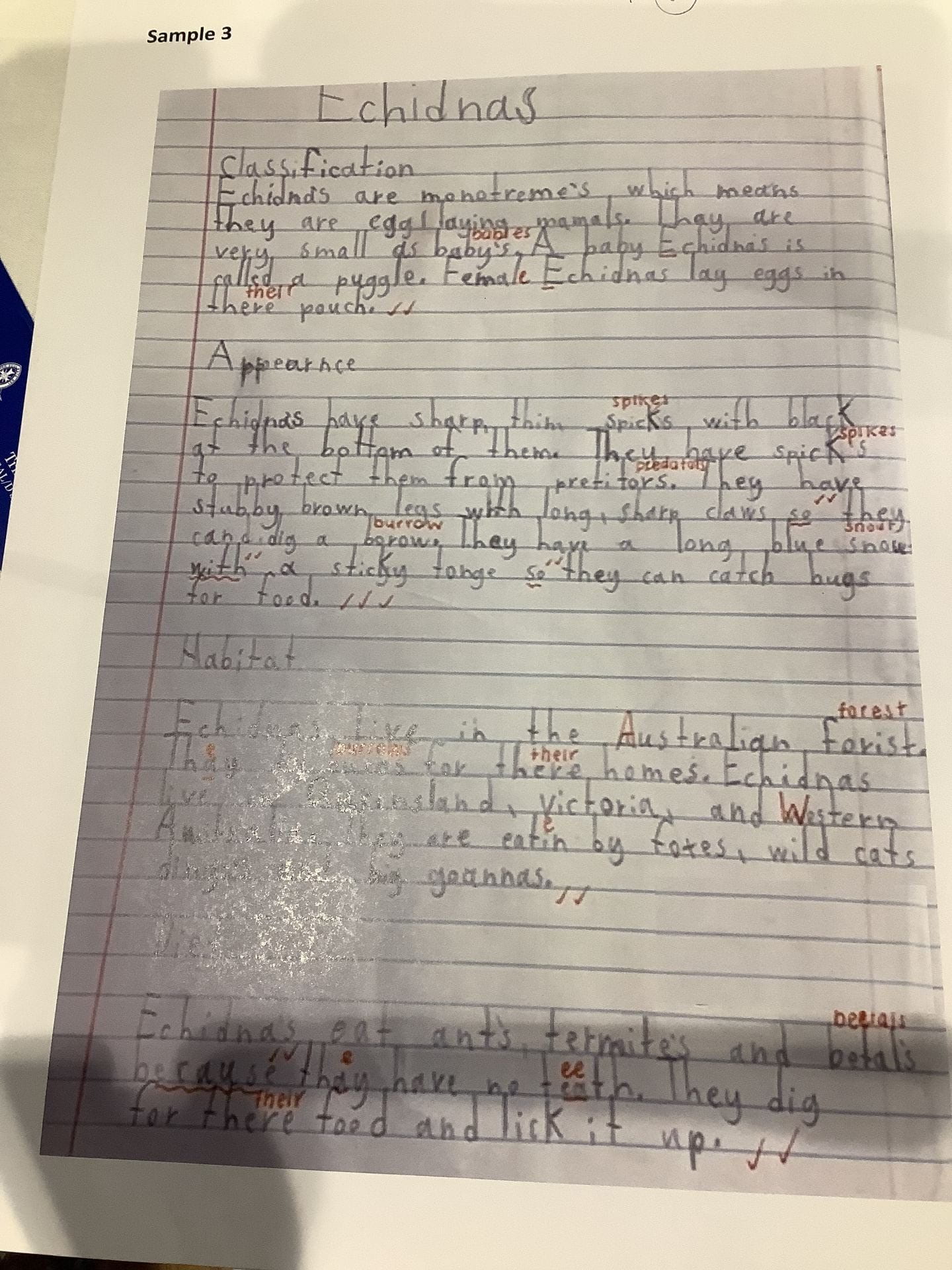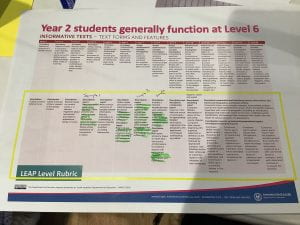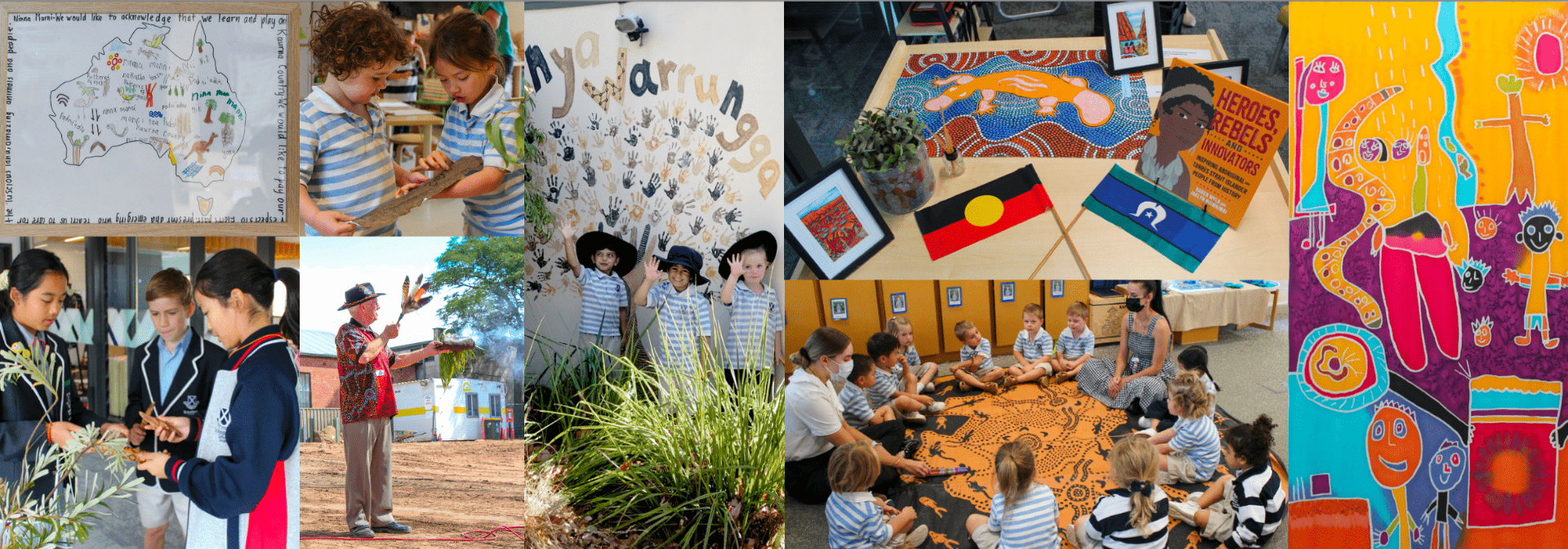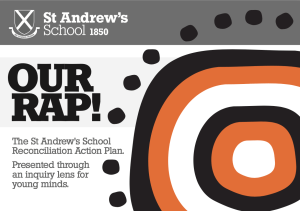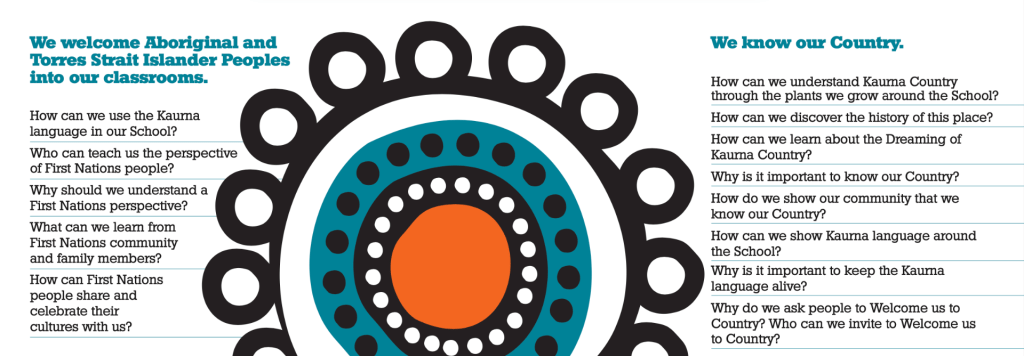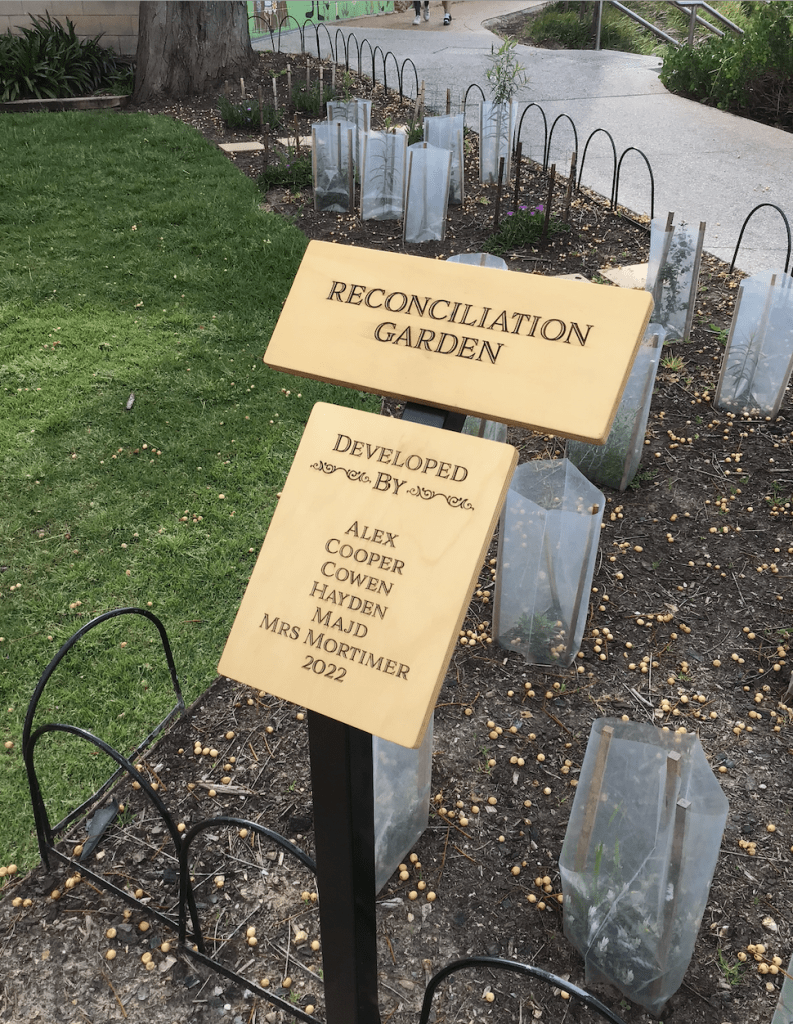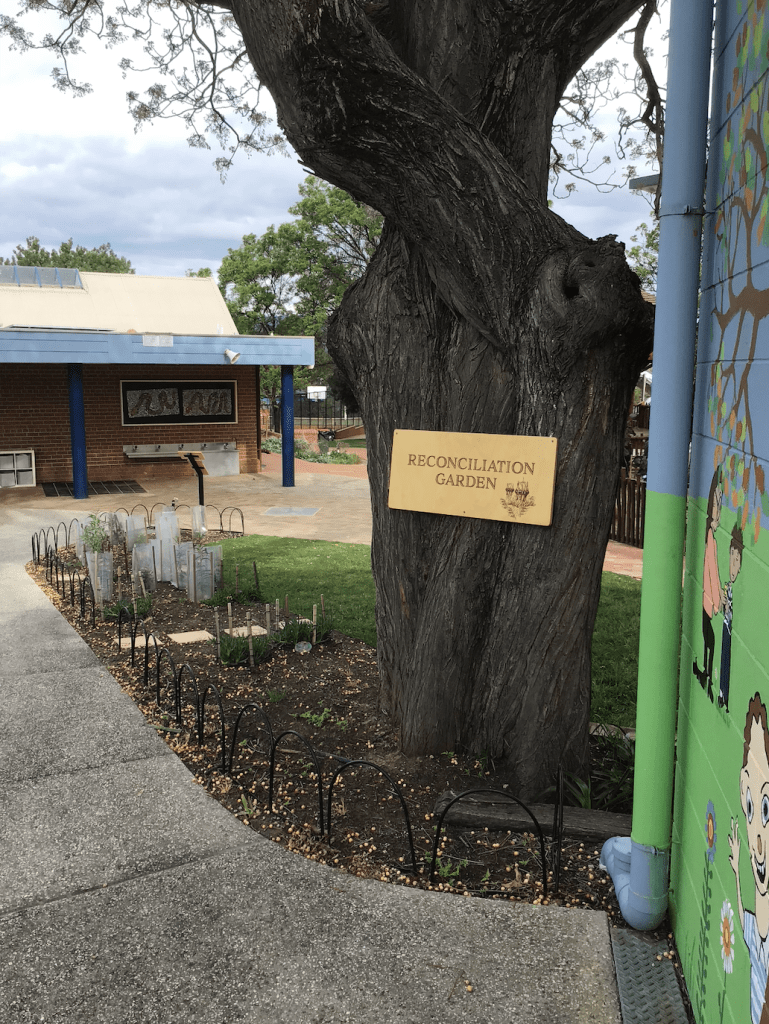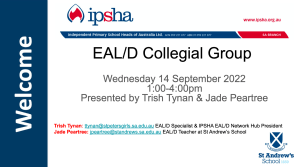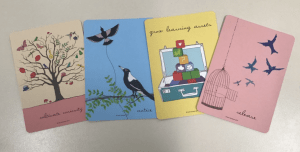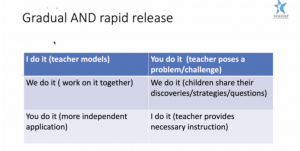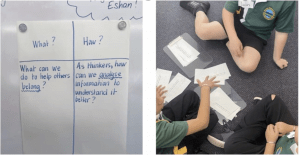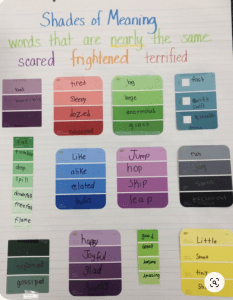Wednesday 24th July 2024: 2 hours total.
1 hour viewing PD course online, 1 hour blogging, creating social media content and reviewing the Resource Library.

As a Seesaw Ambassador and Certified Educator I am required to do this refresher course every year. It is something I will continue to learn about as I am responsible for training staff at St Andrew’s with their use of Seesaw as a Digital Portfolio. I have been using Seesaw since 2015, and even though I am no longer teaching in a classroom, as the EALD teacher I still utilise this resource and platform.
What’s New in Seesaw?
- Creative Canvas & Journal
- You can modify the time limit on video recordings for students, capping them to a certain time frame for recordings.
- New Thousandths cube image for inserts in mathematics.
- A range of new colours.
- Highlights! Great for PTI’s as a way to showcase student achievements like a portfolio! You can simply click the highlights button and it will be added to the highlights folder and you can add teacher notes in there as well.
NEW TOOLS:
- Flex cards, like Flashcards but better!
- Read-With-Me: reading activities to assist beginning readers, reads along with the student, highlights words as they are being read.
- Short Answer and Open Ended Assessment options for student responses. A lot of these tools are also auto-graded! This will save you time and it gives you a report with the analysis of the students responses.
- Reading Fluency Assessment: It collects and automatically assessed the reading examples for you!
- Focus Mode: Allows you to hide tools that students won’t need for an activity. Makes it easier for students to navigate and use what they need, not play with unwanted tools.
- Attach & Grade: Curriculum and Standards can be input by admin and used with assessment in Seesaw. This will log your grades and track student progress. We have not been using this at St Andrew’s yet but it was always something we were going to move towards in the future.
My Library:
You can now create custom sections to save your preferred or created activities. You can organise and reorder lessons, bulk sort and delete. If you haven’t been using the Seesaw Library, get onto it, so many great lessons ready for you to use.
EALD Resource!
This is what I am most excited about exploring! As the EALD teacher at my school, I will be reviewing these resources as a way of providing teachers with a resource for their EALD students in class. I only work three days in my current role, and am hoping to increase this in 2025. With this resource, teachers can access additional supports and resources via Seesaw!
New English Language Explorers: Newcomers. Supporting EALD students with Vocabulary practice.
Resource Library: Check out these new resources
My next steps will be to share this with staff and request a Staff Meeting PD session to inform staff on the new Seesaw updates and how we could be using this platform more consistently across the school.
I must do the following to maintain my Seesaw Certified Educator status:
Share this with Staff who would like to do some online Seesaw PD:
Get Started Website: This has everything you need to get started with Seesaw
Explore seesaw.com/get-started.
It’s the FIRST place to share with teachers and admin.
Certificate of online course: (1 hour)
I hope you find this blog post useful.
Please feel free to post questions or feedback.
Thanks
Jade
